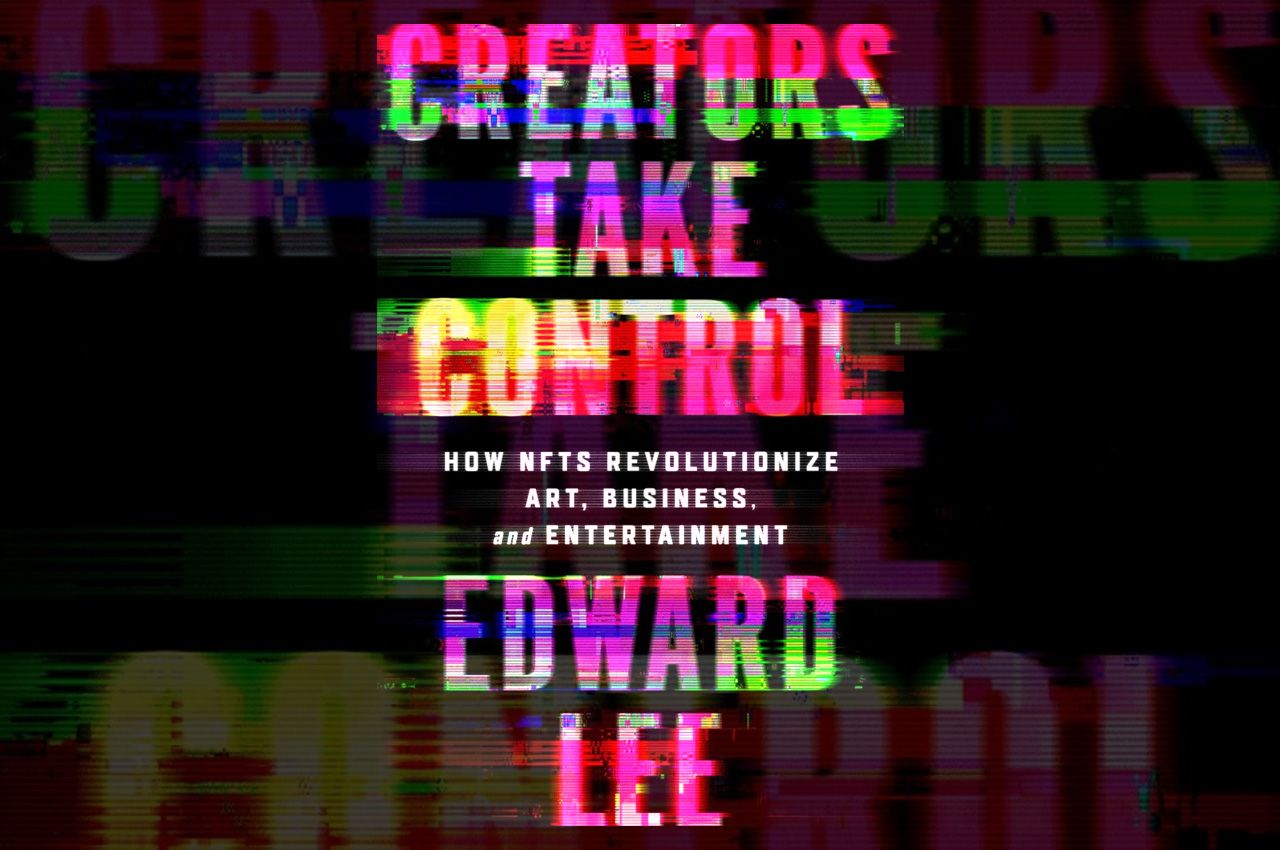Ownership in the Digital Age: Chicago-Kent Professor Lee’s Book Highlights NFTs

“If you get down to the nitty gritty of it, it’s just lines of code,” says Chicago-Kent College of Law Professor Edward Lee, describing what a non-fungible token (NFT) is.
“The code has a unique identifier that creates a non-fungible, or one-of-a-kind, token. Once that is established, and people believe they own something by owning the token, then it enables a vast number of uses,” he adds.
Harper Business released Lee’s new book, Creators Take Control: How NFTs Revolutionize Art, Business, and Entertainment, in late March 2023. In it, Lee argues that NFTs, despite being difficult for many to understand, will soon become ubiquitous in our lives.
Lee compares it to QR codes.
“People might not know what they’re called or how they work, but they know if they point their phone at it, they’ll see the restaurant’s menu,” he says. “With NFTs, the utility is far greater. It is a computer program—called a smart contract—that is recorded on blockchain, which operates like a public ledger. The key benefit of this program is it enables virtual ownership.”
Lee, who serves as the co-director of Chicago-Kent’s Program in Intellectual Property Law, compares NFTs to stocks in a publicly traded company.
“The first stock in a public company was back in the 1600s: the Dutch East India company. They came up with the idea that if people wanted to invest in their company, they could invest in a ‘share’ of the company,” he explains. “Those shares didn’t exist in a physical manifestation that you got. What you did get was that your name was recorded in a physical ledger that stated how many shares you purchased. And people believed it.”
Unlike stocks, each NFT is unique and the ledger has moved online, but the concept of owning something you can’t touch, but can monetize, is the same.
Digital art has found the strongest foothold in NFTs. People can purchase unique digital art that only exists online. The highest auction sale for an NFT was $69 million for Beeple’s Everydays.
Now big businesses are exploring NFTs. Adidas has recently launched an NFT store featuring virtual, one-of-a-kind clothing that users can wear on their avatars in the metaverse, to compete with Nike’s online store. Starbucks has a loyalty program, Odyssey, that operates with NFT technology and that offers customers exclusive perks.
As NFTs became popular over the last three years, there was a lot of backlash from the public. People didn’t understand what they were, and many didn’t believe that they existed.
“In the beginning, because it was so foreign, I think there was a lot of skepticism and controversy,” he adds. “This kind of backlash typically occurs with a radical change in traditional understanding.”
Lee believes it’s similar to the public response to modern art in the early twentieth century.
“There was a lot of hostility to modern art because it radically shifted the perspective of representation,” says Lee. “The biggest target of that backlash was cubism. What Pablo Picasso and Georges Braque did was radical because they ignored the artistic convention of the renaissance in which artists used a single linear perspective to perceive things as you would in a photograph.”
It took decades, but eventually people accepted “modern art.”
“It was this spark of cubism that led to modern art just ignoring conventions. That was what prevailed: in art there are no conventions,” Lee says. “When we look at art today, we have very little expectation of what art is supposed to look like.”
That is the same upheaval that Lee sees happening in the world today when it comes to the idea of ownership.
“For copyright, in the United States at least, we require something physical. A physical medium of expression to qualify for copyright,” says Lee. “Even there we have some expectation of physical to have property. But I argue that what Tokenism is doing is throwing that out the window. We all know we don’t need something tangible for ownership. We’re living in a virtual world today, and we can just use virtual tokens to designate ownership.”
Lee expects the technology to continue to spread. He expects to see governments, corporations, and even the public embrace it.
“Anything where a form of virtual ownership could be practical, I think it’ll be used. It’s more efficient, and adds utility to ownership,” says Lee. “It enables interactions. It’s verifiable on blockchain. In commercial cases, it also allows for the reselling of the token, which provides value to the owner. That’s something that gives more power back to the consumer.”
Although news reports have questioned whether the metaverse will ever take hold, Lee disagrees.
“We already live in the metaverse, a mediated world, where you’re interacting through a technology or screen with no physical presence,” Lee continues. “Just think of remote work and Zoom, or social media, such as TikTok. To tie that back to NFTs, if you need virtual ownership, now you have the technology to do that."
Photo provided



